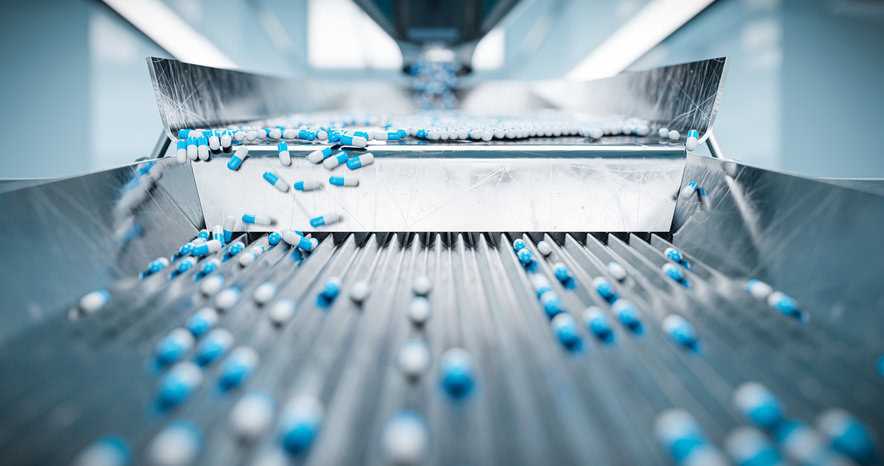Responding to Pharmaceutical Contamination: Prevention, Identification, and Remediation

The pharmaceutical manufacturing process is highly intricate, involving numerous steps and protocols to ensure the production of safe and effective medications. However, despite stringent measures, the potential for contamination still exists, posing significant risks to both public health and the reputation of pharmaceutical companies. Understanding the causes of contamination and implementing proper response protocols are crucial in mitigating these risks.
Causes of Contamination
Several factors can contribute to pharmaceutical contamination, including insufficient personnel training, inadequate hygiene practices, and unauthorized access to production areas. Additionally, inappropriate practices such as eating or smoking in processing areas, deficient personal protective equipment use, and ineffective air supply filtration can also lead to contamination. Other common causes include improper cleaning and sanitation, defective equipment, poor equipment calibration and maintenance, and mistakes with material storage or labeling.
How to Identify Pharmaceutical Contamination
Responding to pharmaceutical contamination entails a methodical approach aimed at identifying the source of the issue and assessing its extent. Initially, efforts focus on pinpointing where and how contamination occurred through thorough investigation and analysis. Once the source is determined, a comprehensive assessment of the contaminated product or area is conducted to understand the nature and severity of the contamination. This involves examining samples and conducting tests to identify the type and level of contaminants present. Testing extends beyond the affected product to encompass the surrounding environment, including laboratory settings, water sources, and air quality.
Decontamination Measures for Pharmaceutical Contaminants
Leveraging pharmaceutical and biopharmaceutical contaminant testing services ensures accurate identification and quantification of contaminants. Subsequently, decontamination measures are implemented to eradicate the contamination, followed by meticulous re-testing to verify the effectiveness of the remediation efforts. Concurrently, prevention protocols are scrutinized to identify and rectify any lapses or weaknesses that may have contributed to the contamination event. Additionally, addressing any gaps in training and modernizing outdated equipment and infrastructure are vital steps in preventing future incidents of contamination. By adopting this comprehensive approach, pharmaceutical companies can effectively respond to contamination events and safeguard the integrity of their products.
How to Respond to Pharmaceutical Contamination
In conclusion, responding to pharmaceutical contamination requires a systematic approach that involves identifying the source, assessing the contamination, and implementing remediation measures. By adhering to proper protocols and continually reviewing and updating prevention measures, pharmaceutical companies can effectively mitigate the risks associated with contamination and ensure the safety and integrity of their products.
Contributing Author: Liz Cornish, Senior Digital Marketing & Brand Manager, Ba Sciences
Liz Cornish is the Senior Digital Marketing & Brand Manager for Ba Sciences, a cGMP-compliant, FDA/DEA registered, ISO/IEC-17025:2017 certified analytical laboratory located in Salem, NH. She has more than 14 years of experience in the marketing field, providing creative digital support and branding strategy.






